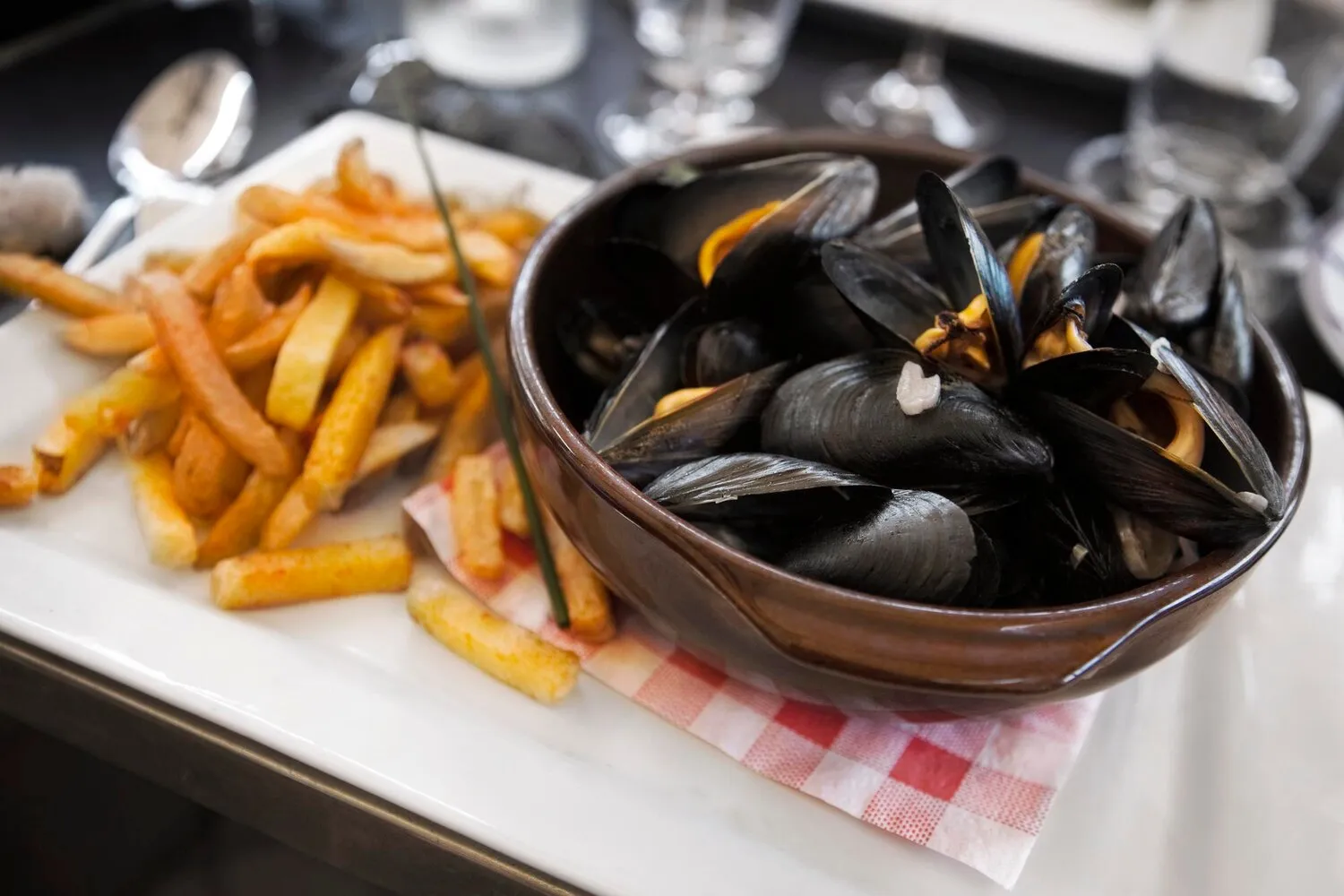
Crispy Duck Breast
Served with seasonal accompaniments. Specific preparation varies.
Nutrition Facts
* The % Daily Value (DV) tells you how much a nutrient in a serving of food contributes to a daily diet. 2,000 calories a day is used for general nutrition advice.
Duck has been a staple in European cuisine for centuries, particularly in France. The technique of rendering duck fat and achieving crispy skin has been refined over generations, building on traditional methods of preserving and cooking poultry.
Crispy duck breast is often considered a sophisticated dish, frequently found in upscale restaurants and for special occasions. It reflects a culinary tradition of valuing high-quality ingredients and precise cooking techniques.
Fine Dining
Often served in fine dining establishments, reflecting the skill and quality of ingredients required for proper execution.
Celebration Dish
Frequently prepared for special occasions or celebrations due to its rich flavor and elegant presentation.
The dish offers a rich and savory flavor profile, balanced by sweetness and acidity from the seasonal accompaniments. The crispy skin provides a delightful textural contrast to the tender duck breast.
The dominant flavor is the rich, savory taste of the duck breast, enhanced by the rendered duck fat which creates a crispy skin. Seasoning typically involves salt, pepper, and sometimes aromatic herbs like thyme or rosemary. Seasonal accompaniments might include fruits like cherries, figs, or berries (providing sweetness and acidity), root vegetables like parsnips or sweet potatoes (offering earthiness and sweetness), or green vegetables like asparagus or spinach (providing freshness and bitterness).
Score the Skin
Score the duck skin in a crosshatch pattern without cutting into the flesh. This allows the fat to render more easily and evenly, resulting in crispier skin.
Render the Fat
Start cooking the duck breast skin-side down in a cold pan over medium heat. This gradual warming helps to render the fat slowly, preventing the skin from burning before it crisps.
Control the Heat
Maintain a moderate heat to ensure the skin browns evenly and becomes crispy without burning. Adjust the heat as needed to control the rendering process.
Rest the Duck
Allow the duck breast to rest for at least 5-10 minutes after cooking. This allows the juices to redistribute, resulting in a more tender and flavorful final product.
Explore additional Classic European dishes and restaurants
Explore Classic EuropeanDiscover top dining spots and culinary experiences in Washington.
Explore WashingtonLearn more about the food culture, restaurant scene, and culinary heritage of United States.
Explore United States